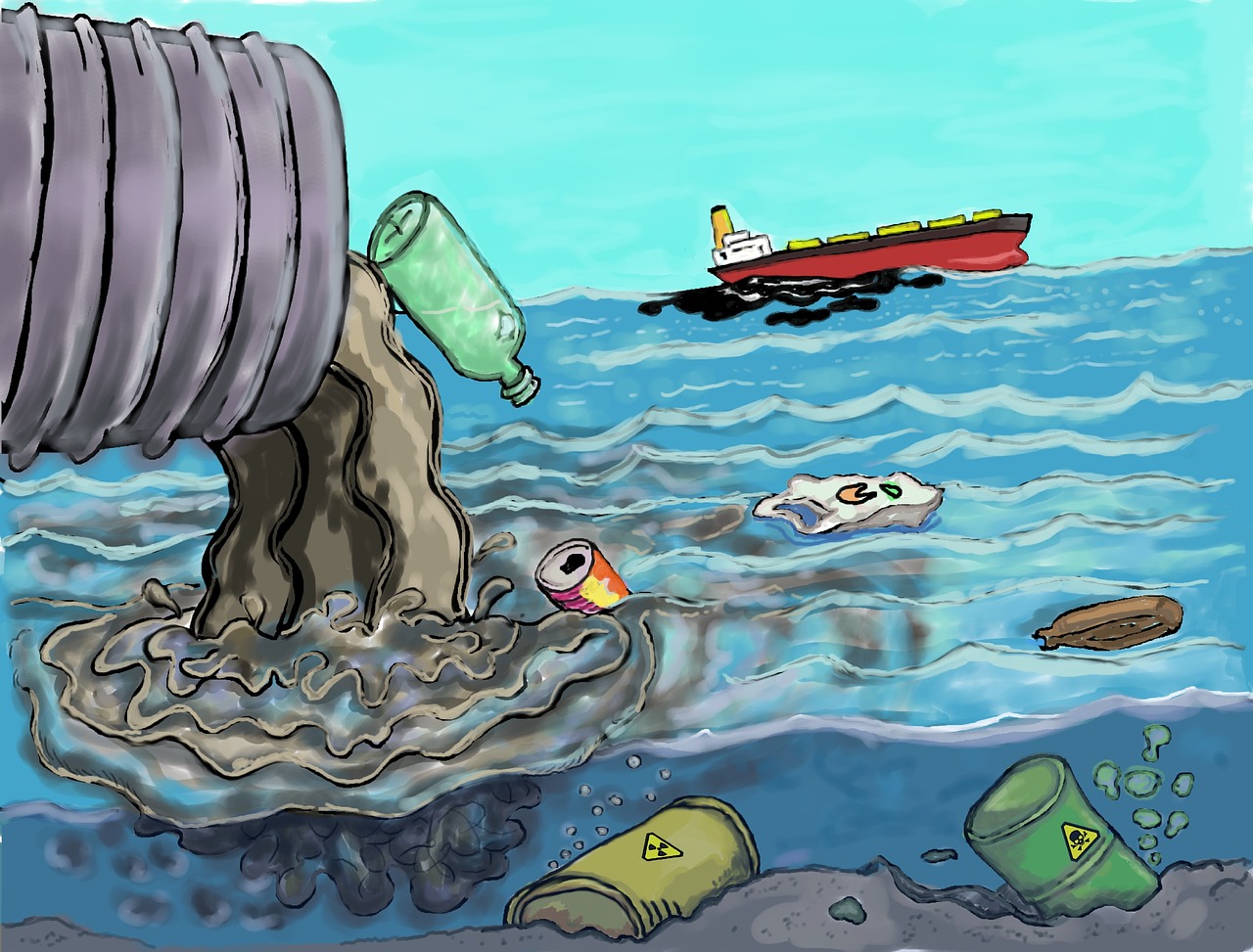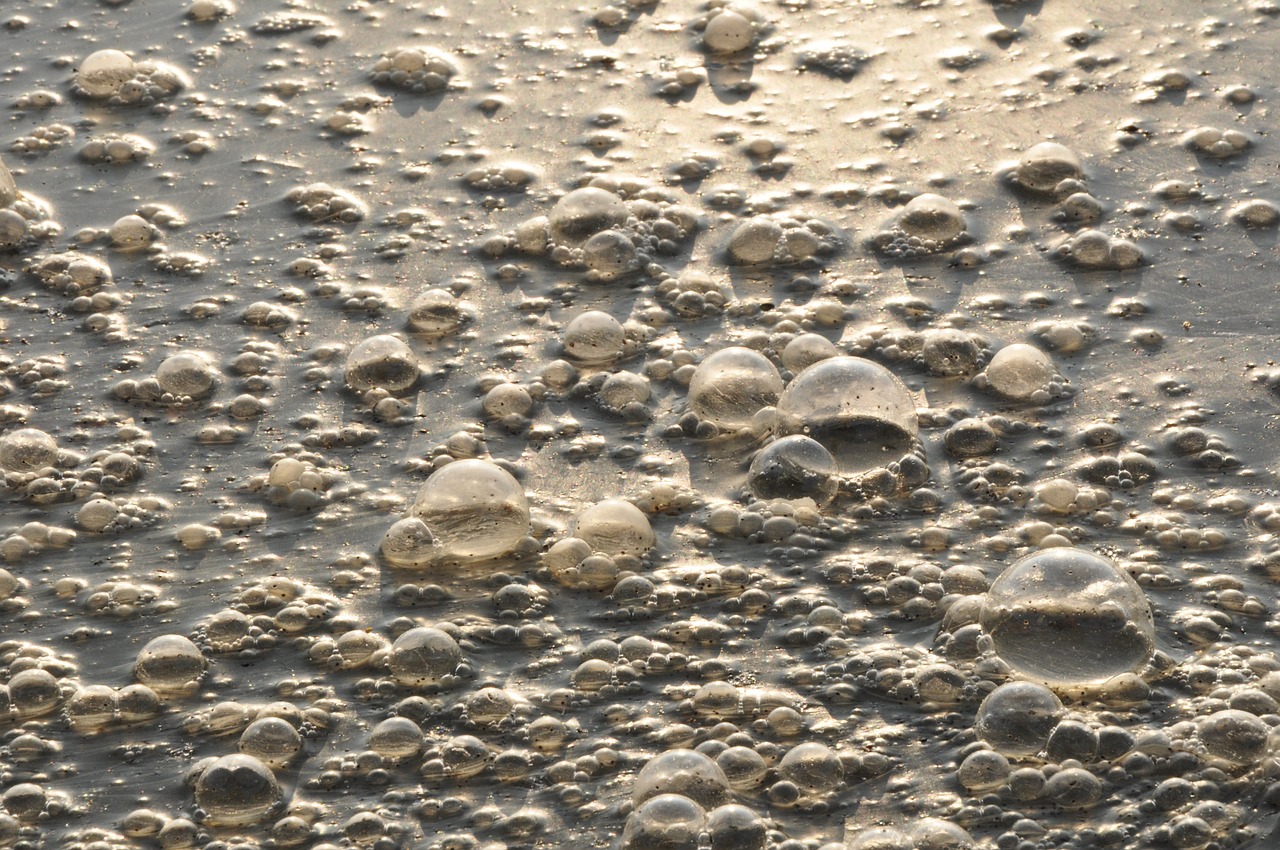Pollution and contamination everywhere… We have seen what is pollution and the different types of pollution. Thus we had made a promise to you all that we will detail what each kind of pollution is. Water is one of the most essential elements for living things to survive. That water being polluted is not going to do any good for us. Let’s look into what is water pollution, how it is caused, the different types of water pollution with its effects.
Have you gone to the beach with hopes of enjoying the sound of the waves and feeling the cool breeze on your face? Reaching there with the high hopes, have you found the beach littered with plastic bottles and packaging materials and beach sand blackened? Visiting your local lake for a picnic have you been assaulted by the stench rising from it? Daily advertisements for Water purifiers regale us that our tap water must be purified even further. Swimming in the local swimming pools saturated with Chlorine, one is always invariably worried about acquiring some kind of skin infection.
Water the elixir of life, the major part of our earth and of every living organism. Shouldn’t humans be more vigilant to preserve the purity of it?
Water Pollution is the consequence of adding which harmful substances to water bodies making them unsuitable for aquatic life to thrive in, thereby upsetting the fragile ecosystem. It also makes the water source unfit for domestic and industrial purposes.
Natural life cycles in the aquatic ecosystem usually ensure that water bodies are self-cleansing. Certain amounts of toxic wastes that fall into them are broken down by aerobic bacteria using the oxygen in the water. The end products, nitrates and phosphates are then used as nutrition for the algae and green plants that live in it. As the food cycle goes these are then consumed in turn by the plankton, small fish, large fish and so on sometimes up to even humans.

It is when the quantity of waste products entering into the water system exceeds its ability to clean itself, this is when water pollution starts.
How does water get polluted
- We saw how water is actually self-cleansing. But when the quantity, concentration and frequency of waste added to the water increases these cycles breakdown.
- The bacteria cannot keep up with the demand of converting the pollutants into nutrients.
- The oxygen levels go way below normal levels making it difficult for normal existence of aquatic life. The dead and decaying organisms add to the contamination.
- Then the anaerobic bacteria take over the decaying process. These do not need Oxygen for their functioning. They decay matter by the process of fermentation. How do you know when the anaerobic bacteria have arrived? The stench or foul odour that emanates from the water is a clear indication that fermentation has begun.
Causes of water contamination
Industrial wastes
- organic and inorganic compounds
- nitrogenous and phosphoric salts
- Heavy metals such as cadmium, mercury, zinc, lead, copper and more.
Agricultural wastes
- Animal by products
- Farm wastes
- Chemicals such as fertilizers and pesticides which run off from the land into the waters.
Sediments
- Have you ever thought soil erosion could pollute water? When excess sediments are washed into the water by wind and other agents, these settle to the bottom. It chokes the ecosystem by reducing the amount of sunlight reaching the floor of the lake or river for the plants and animals to utilize. It reduces the volume of water because of which less oxygen is available for life cycles. This of course does not support continuation of life.
- Construction wastes and urban land erosion also add to the sediments
Human and Domestic sewage
- In metropolitans, large cities and towns where population densities are high , the quantity of human and domestic wastes is large. Sewage treatment plants can use technology to decontaminate the waste and then release the treated water is into nearby seas, rivers or streams. In many cities, insufficient treatment plants or inefficient technology lead to water contamination.
- This form of contamination leads to Parasite and bacterial contamination especially of fecal coliform bacteria, viruses and protozoa leading to many diseases.
- Increased use of plastics which do not decompose but leach out toxic chemicals, and clog all water bodies from drains to lakes to seas.
Fall out of Air Pollution
- How can air pollutants such as oxides of sulphur, nitrogen and phosphorus in large amounts add to water pollution? Rain water combines with these salts and form droplets of acids which fall to the ground .This is called Acid Rain. When this rain falls or runs off from the land into the water it causes the lake or pond to become acidic. This is an unfavourable habitat for life.
Oil spilling
- Causing great danger to aquatic and marine life forms these are isolated but large scale polluting factors. In addition to being vast, it is very expensive to clean and take a long time to do so.
Radioactive wastes
- As the name suggests various countries find ways and means to dump their nuclear wastes where it may cause no harm to humans. But is this even possible?
Thermal pollution
- Global warming causes the waters to get heated up changing the ecological balance in them.
- Warm water which was used as coolants in the industries being dumped as such in to the nearby water source causes damage to its aquatic residents.
Eutrophication
- When material such as fertilizers especially those containing nitrogen and phosphorus are flushed into water from farms, they create a nutrient rich environment in the water. This is called nutrient enrichment. This promotes the growth of plants.
- Algae also benefit greatly from this nutrient rich atmosphere. When they flourish and bloom they use up most of the Oxygen in the water body leaving very little for the remaining life forms. This leads to death of fish and other organisms which cannot swim away to safety.
- Algae blooms prevent the penetration of sunlight into the water which affects the photosynthesis of plants further deplete the oxygen levels.
- Ultimately the water becomes unfit to support any form of life.
- There are certain toxins also released from some algae which travel up the food chain and affect higher life forms adversely.
Types of water pollution
- Point source pollution
When contamination occurs from one source such as an oil spill or local farms, this is called point source contamination.
- Non-Point Source Pollution
Contamination occurs from many different sources or sources far away from where the pollution is occurring, this is non-point source pollution. For eg the rivers and seas besides which cities and towns grow, radioactive wastes polluting water bodies faraway from themselves.
- Ground water pollution
Mainly occurring due to percolation or sinking of chemicals deep into the ground. For example fertilizers, plastic residue, radioactive wastes etc.
Effects of water pollution
- First and foremost the damage to the ecosystem and the ecological balance. Because all systems are interdependent, all forms of life not just aquatic are affected.
- The heavy metal pollutants entering into the food chain causing birth defects, growth defects, reproductive problems and early death.
- Various kinds of cancers occur with no apparent cause in the communities affected
- Bacterial contamination leads to dysentery, cholera, food poisoning and typhoid.
Prevention of water pollution
- Creating awareness especially among communities that are likely to affected by the pollution, so that they may be able to defend themselves by law, making sure that the sources such as industries and others dispose of their wastes in a safe manner.
- Scientific research and development of new technologies for better management of sewage and other wastes
- Safer Agricultural practices incorporating organic farming so as to eliminate the use of excess chemicals
- Judicious use of water in every aspect of living
- Developing more efficient ways of waste disposal.
Health problems are a byword now. There are very few who are not affected. The right of every person to live a thriving and fruitful life can be hampered by our own complacency.
But a major factor as mentioned earlier is the great loss to our planet when many species of plants and animals which help to make it varied and beautiful are cut off by human selfishness and unwillingness to correct mistakes. It is important and good when everyone gets together to stand for the environment, for the quiet sufferers. This will be ultimately beneficial to us.

